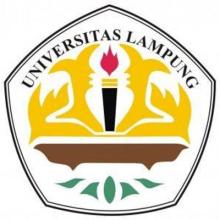Resource information
Rainfed paddy soils that are derived from lacustrine and include of E4 agroclimatic zone have many unique properties and potentially for paddy and corn plantations. This sreseach was aimed to: (1) study the soil development of rainfed paddy soils derived from lacustrine and (2) evaluate rainfed paddy soils potency for paddy and corn in Paguyaman. Soil samples were taken from three profiles according to toposequent, and they were analyzed in laboratory. Data were analyzed with descriptive-quantitative analysis. Furthermore, assessment on rainfed paddy soils potency was conducted with land suitability analysis using parametric approach. Results indicate that all pedon had evolved with B horizons structurization. However, pedon located on the summit slope was more developed and intensely weathered than those of the shoulder and foot slopes.The main pedogenesis in all pedons were through elluviation, illuviation, lessivage, pedoturbation, and gleization processes. The main factors of pedogenesis were climate, age (time) and topography factors. Therefore, P1 pedons are classified as Ustic Endoaquerts, fine, smectitic, isohypertermic; P2 as Vertic Endoaquepts, fine, smectitic, isohypertermic; and P3 as Vertic Epiaquepts, fine, smectitic, isohypertermic. Based on the potentials of the land, the highest of land suitability class (LSC) of land utilization type (LUT) local paddy was highly suitable (S1), while the lowest one was not suitable with nutrient availability as the limiting factor (Nna). The highest LCS of paddy-corn LUT was marginally suitable with water availability as the limiting factor (S3wa), while the lower LSC was not suitable with nutrient availabily as the limiting factor (Nna).



